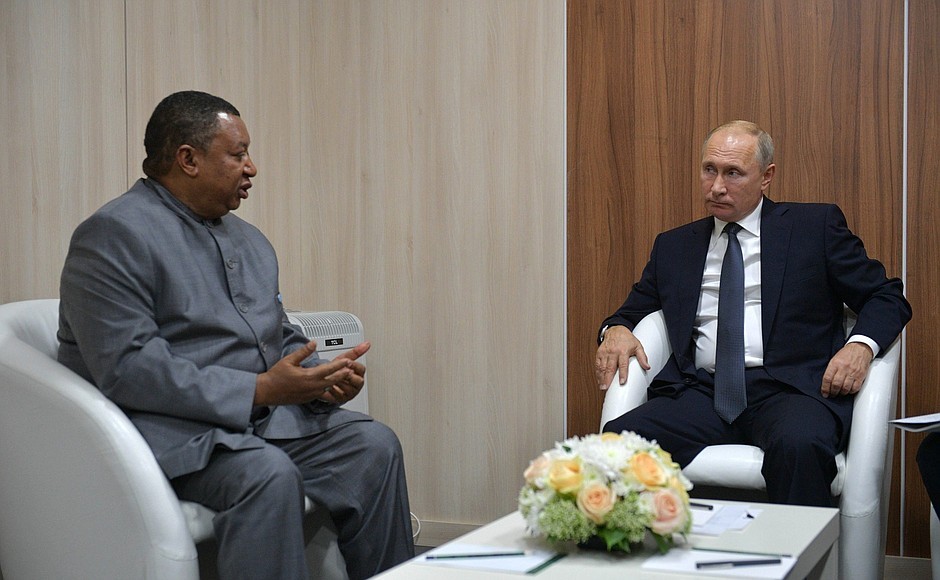
In its first earnings statement as a listed company, Aramco announced a net profit of US$88.2 billion in 2019, which is 21% lower than 2018.
The Saudi state-run oil giant was valued at a record $1.7 trillion during its Initial Public Offering in December 2019. However, its shares are currently traded at 29 Saudi Riyals, 9% lower than the 32 Riyals of the IPO.
This drop is the result of a series of events that followed the Covid-19 coronavirus pandemic. This latter caused a decrease in demand and a nearly 22% drop in oil prices (Brent crude oil traded at US$33.85 per barrel on March 14).
OPEC+, which is an alliance between OPEC countries and Russia, met in Vienna on March 14 to discuss a proposal to cut production by 1.5 million barrels a day (1.5% of the world production) and stabilize prices.
However, Russia refused, and the two-day meeting had adjourned without result. Aleksandr Novak, the Russian Energy Minister told reporters: “From April 1 neither OPEC nor non-OPEC have restrictions”.
Saudi Arabia responded by increasing production and launching an oil price against Russia. Aramco plans to add 300,000 barrels to its crude oil production starting from April and reach 12.3 million barrels a day.
This risks to make prices slide below US$30 a barrel and jeopardize the whole oil industry. With a production cost of only US$2.8 per barrel (the lowest in the world), Saudi Arabia can take this price war to dangerous levels.
Low prices represent also a big concern for the American shale gas industry. This latter has a very high production cost that goes from US$25 to US$95 per barrel; making it extremely vulnerable to low prices.
Then what? If oil prices continue to decrease, the U.S will be the biggest loser. Not only the shale gas industry will collapse, but the U.S dollar may face a severe decline in value. The American currency is hardwired into the oil industry since 1971, forming together what is called the Petrodollar system.